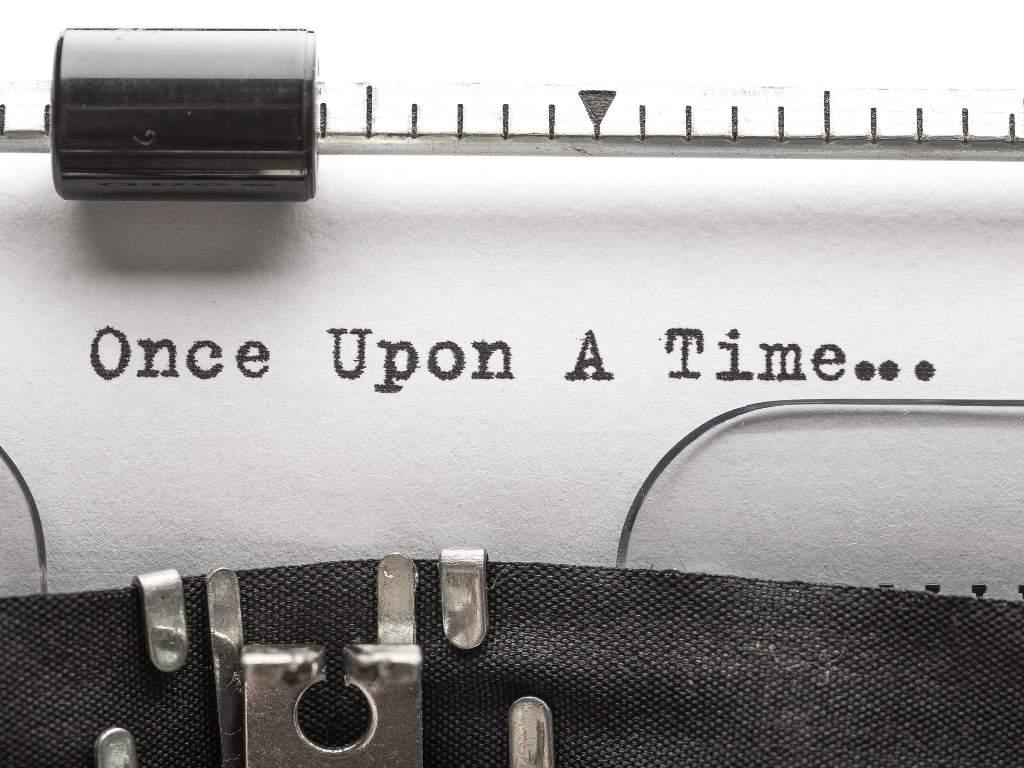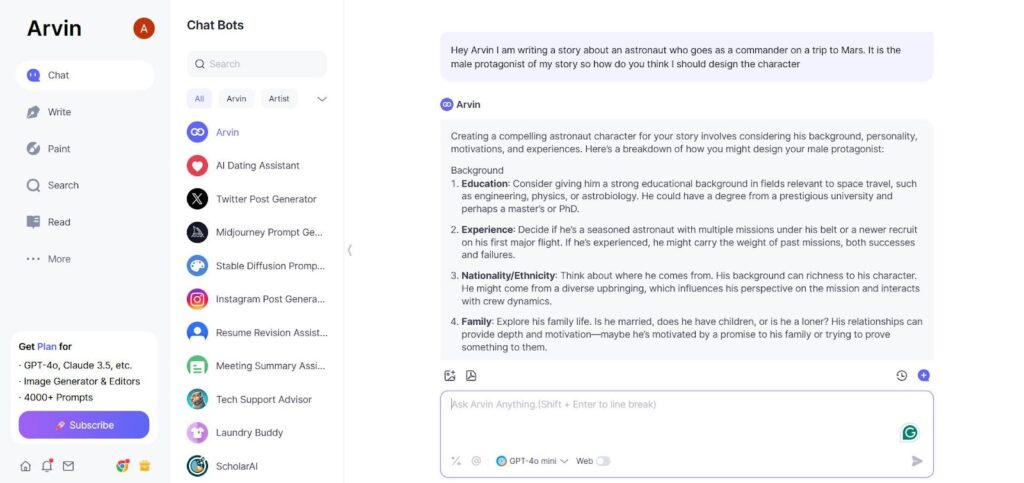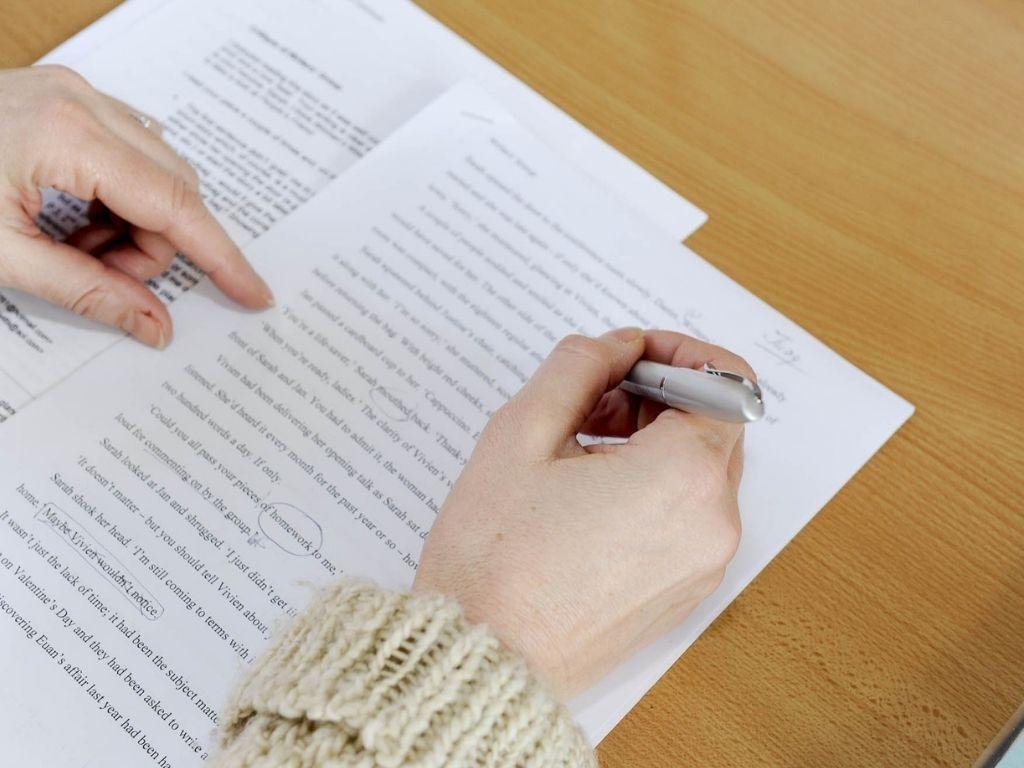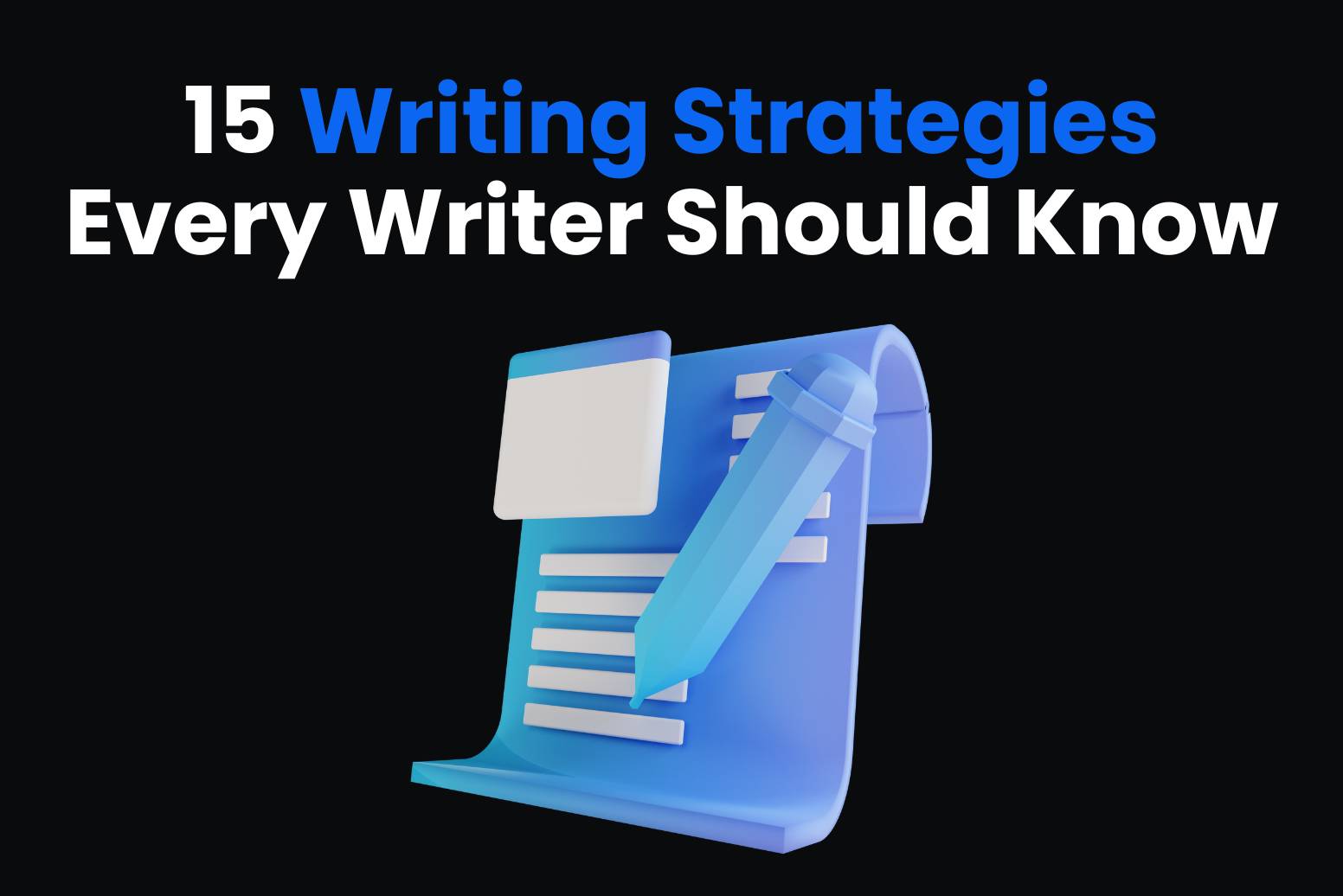Have you ever watched a movie and thought, “I could write something better than this?” Or maybe you’ve dreamed of seeing your name in the credits as a screenwriter? Well, the good news is that you totally can! Learning how to write a script is just like telling a great story except with a bit more structure.
No, you don’t need Hollywood connections or a magic typewriter to make it happen. In this guide, we’ll break down how to write a script in a way that’s fun, simple, and totally doable. We’ll go from idea to finished draft, with zero fluff and plenty of real tips. Ready? Let’s get that script rolling!

What Is A Script?
Clark Duke once said: “A good script makes our job a lot easier”, and by telling you how to write a script, we’re going to make your job a lot easier. A script is like the blueprint of a house. But instead of bricks and concrete, you’re building with words, characters, and action. It tells people:
- What happens (Does the hero escape? Does the villain monologue too long?)
- When it happens (Does it happen right away? After an intense car chase? At the worst possible moment?)
- Who says what (Because, trust us, characters can’t just stand there staring at each other forever).
Your script is the master plan behind every great movie, TV show, or play. Without it, actors would have no lines, directors wouldn’t know what to film, and we’d all just be watching two-hour-long improvisations (which, let’s be honest, sounds terrifying).
What Are The Three Core Parts Of A Script?
You’ve probably already thought like a scriptwriter before. Have you ever watched a movie and thought, “I’d totally change that ending” or “This would’ve been better if the villain had a pet parrot”? That’s storytelling instinct, and it’s exactly what you’ll tap into when writing your own script. So, whether you’re aiming for Hollywood, YouTube, or a fun passion project, one thing’s for sure: every great movie starts with a script. And every script starts with an idea.
To make a story come alive on screen, your script needs a structure. If you want to know how to write a script, you need three key ingredients:
Dialogue:
Your dialogues are the heart of your script. It’s how characters express emotions, drive the plot, and keep the audience engaged. Your dialogues need to sound natural without being boring. Your dialogues are what characters say (and how they say it). Is it witty? Heartbreaking? Packed with dramatic pauses? You decide!
Here’s the difference between bad and good dialogue:
Bad Dialogue (Too Robotic)
JOHN: Hello, Susan. How are you today?
SUSAN: I am fine. And you?
JOHN: I am also fine.
Good Dialogue (Natural And Engaging)
JOHN: Susan, you look like you haven’t slept in days.
SUSAN: That’s because I haven’t.
JOHN: Work?
SUSAN: Nope. Just a terrible decision to watch a crime doc at 2 a.m.
See the difference? A good dialogue moves fast, sounds real, and keeps things interesting. Don’t worry, we’ll talk more about how to write a script with good dialogue later in this article, so keep reading.

Action:
If you want to keep your audience engaged in your story, you have to show them and not tell them. What’s happening on screen? Explosions? A tearful goodbye? A raccoon stealing someone’s lunch? If you write it, it happens so your actions should be visual, clear, and to the point.
Bad Action (Too Wordy)
John slowly walks across the dimly lit room. His shoes make a faint clicking noise on the cold wooden floor. He reaches for the doorknob, his hands trembling slightly. He takes a deep breath before turning the knob, his heart pounding in his chest.
Good Action (Short & Visual)
John tiptoes through the dark. His hand trembles on the doorknob.
Notice how the second version gets to the point? When you’re writing actions, less is more, and that sums it up pretty well.
Scene Descriptions:
Scene descriptions tell us where we are and what’s happening around us. Here you tell readers where and how things unfold. Are the characters in a haunted mansion? Maybe they live in a neon-lit future city? A tiny coffee shop with a barista who gives life advice along with lattes? You set the scene for your audience with scene descriptions because if you don’t tell them, how would they know?
How To Write a Script In 7 Easy Steps: Step-by-Step Guide
Now that you know the basics, let’s get into the actual process of how to write a script in easy steps.
Step 1: Start With An Idea
Every script starts with one simple thing called an idea. But hey, it’s not just any idea. It needs to be something exciting enough to keep you writing and interesting enough to keep your audience watching.
Think about it this way: If you had to pitch your idea to a friend in just one or two sentences, would they lean in and say, “Ooooh, tell me more!” or would they just nod politely and change the subject? You have your answer! Your idea can be a unique character, an exciting event, or even a simple “What if?” question.
Ask yourself:
- What’s the main story?
- Who are the key characters of your story?
- What makes this idea exciting?
Once you have a solid idea, write it down. Even if it’s not fully developed yet, just getting it on paper helps. From there, you can refine and shape it into something great.

Step 2: Develop Strong Characters
Characters are the heart of any script. No matter how great your plot is, if your characters feel flat or unrelatable, your audience won’t stay engaged. Here’s how to create compelling characters that make your script stand out.
Consider these key elements when building your characters:
- Backstory: Where did your character come from? Their past influences their present decisions.
- Personality Traits: Is your character introverted, ambitious, sarcastic, or optimistic? Give them distinct traits.
- Strengths and Weaknesses: A perfect character is boring. What are their biggest flaws or struggles?
- Wants vs. Needs: What does your character think they want (external goal), and what do they actually need to grow (internal transformation)?
- Unique Voice: How does your character talk? Their dialogue should reflect their background and personality.
Pro Tip:
Tools like Arvin AI can help you generate character profiles, ensuring they have depth and consistency. You can use AI-assisted brainstorming to refine personalities, backstories, and even dialogue styles.

Step 3: Outline Your Story
Now that you have an idea, it’s time to organize it into a story. This is where most people get stuck, but trust us when we say that an outline makes things so much easier.
Think of it like this: Would you go on a road trip without a map (or at least Google Maps)? Probably not, right? The same goes for your script. An outline is your map because it helps you know where you’re starting, where you’re going, and how to get there.
Here’s how to write a script with a basic outline that includes three main parts:
Beginning (Act 1):
Who are the main characters of your story? Where does your story take place? What’s the setup? The goal here is to make the audience care about your characters before the real action starts.
Middle (Act 2):
This is where things get interesting. What’s the conflict? What obstacles does the main character face? What choices do they have to make? Try to keep things moving by adding tension and surprises for your readers, so that they don’t forget your script for at least a while.
End (Act 3):
Now, you talk about how does everything come together? Does the hero win or fail? Do things end happily or take a dark turn? A strong ending makes the whole story feel satisfying, and it does not always have to be a happy ending.
The key is to keep things clear and focused. Your outline doesn’t need to be long, instead, it should be just enough to give your script direction so you don’t get lost while writing. You can also use AI script generator tools to help you where you feel stuck.

Step 4: Format Your Script Properly
One thing you need to know about how to write a script is that it isn’t like writing a novel or an essay. It has a specific format, and following this format makes your script look professional and easy to read. Here’s what a properly formatted script includes:
Scene Headings (Sluglines):
Scene lines tell us where the scene happens and what time of day it is.
Example: INT. COFFEE SHOP – DAY (Interior scene inside a coffee shop during the day)
Example: EXT. PARKING LOT – NIGHT (Exterior scene in a parking lot at night)
Action Lines:
Action lines describe what’s happening on screen. But don’t forget to keep them short and visual.
Example: John sprints through the alley, glancing back. Footsteps pound behind him.
Dialogue:
A dialogue is what characters say. Each line goes under the character’s name, centered on the page.
JANE
(catching her breath)
I think we lost them.
Parentheticals (Optional):
Parentheticals are small notes under a character’s name to show how they say something.
- Example:
MARK
(whispering)
Keep your voice down.

Why does format matter if you want to know how to write a script? Because when someone reads your script (like a director, producer, or actor), they need to understand it quickly. A properly formatted script makes it easy to visualize the story. Your formatting matters especially if you are a beginner scriptwriter because we all know, that first impressions are the last impressions.
Step 5: Write The First Draft
This is the part where you actually start writing your script. And here’s a little secret: Your first draft will NOT be perfect, and that’s okay. The goal here is to simply get your story down and you can fix the issues later. Here’s how to make your process of how to write a script easier:
- Write fast, and edit later. Don’t stop to perfect every line and keep the momentum going. You can always edit and refine your story later.
- Make sure every scene has a purpose. If a scene doesn’t move the story forward, cut it. Trust us, your audience hates nothing more than a dragged scene where the antagonist gets 10 headshots but still doesn’t die.
- Avoid long-winded action descriptions. Keep them short, visual, and easy to read.
- Let the dialogue flow naturally. If you’re struggling, read it out loud and see does it sounds like something real people would say. If it doesn’t, you’ll have to rewrite it.
Here’s a gentle reminder: Think of your first draft as a rough sketch and not the final artwork. It doesn’t have to be pretty, it just needs to exist (for now).

Step 6: Edit And Improve
Once your first draft is done, take a break. Seriously. Step away for a bit so you can come back with fresh eyes. Then, it’s time to revise and improve your script. Here’s what you need to focus on:
- Does every scene move the story forward? If a scene isn’t important, cut it.
- Is the dialogue natural and engaging? Avoid robotic conversations and make sure each character have their own unique voice.
- Are your action lines tight and visual? Trim any unnecessary details that add nothing to your story.
- Does the pacing feel right? Make sure there are no slow parts that drag the story down.
Editing is where your script truly comes to life so take your time, refine each scene, and don’t be afraid to make bold changes.

Step 7: Get Feedback On Your Script
You’ve written your script, edited it, and polished it so now what? Now, it’s time to get feedback! Here’s the thing: No script is perfect on the first try. Even the best writers go through multiple revisions before their work truly shines. Feedback helps you spot weak areas, improve dialogue, and tighten the story which are things you might not notice on your own.
Where To Get Feedback
Here are a few people whose feedback you can get:
- Friends And Family: Your friends and family are easy to access and you can share your work with them without feeling embarrassed about anything. They can tell you if the story is engaging, but they might not give the most critical feedback.
- Fellow Writers: Other scriptwriters understand structure and formatting. Join writing groups or forums like Reddit for advice on how to write a script.
- Actors Or Filmmakers: Actors and filmmakers think visually and can tell you if your script translates well on screen. It will be hard to get a hold of them, but if you are able to do so, you can get some valuable feedback to improve your script.
- Script Coverage Services: If you’re serious about selling your script, professional readers can give industry-level critiques (but they often charge a fee so bear that in mind).
How To Handle Feedback (Without Losing Your Mind)
Let’s be honest, getting feedback can be tough because no one likes hearing their work needs changes. But don’t take it personally! Instead, use these tips:
- Stay open-minded. If multiple people say the same thing (e.g., “the dialogue feels unnatural”), it’s probably something you need to fix.
- Ask specific questions. Instead of “Did you like it?” ask questions like: Did the story hold your attention? Were there any confusing parts? Did the dialogue sound natural?
- Ignore bad advice. Not all feedback is helpful and you need to understand the difference between a good and bad advice. If a suggestion doesn’t align with your vision, trust your instincts, and ignore bad advice.
- Revise and test again. Writing is rewriting. Take the best feedback, apply changes, and get more feedback. The more you refine your script, the stronger it becomes.

Avoiding Common Mistakes in Scriptwriting
Even the best writers make mistakes. The good news? Most of them are easy to fix once you know what to look for. Here are three of the biggest scriptwriting pitfalls to avoid if you want to know how to write a script that wows your audience:
Too Much Backstory
Are you dumping loads of information about a character’s past instead of letting the audience learn naturally? We get it; you want your audience to understand your characters. But if you start your script with five pages of childhood trauma or life history, you’re going to lose your audience.
Instead of explaining everything upfront, let the backstory unfold naturally. Backstory should feel like puzzle pieces and not a lecture. Your audience should gradually learn about the character as the story progresses.
Overcomplicating Things
Remember, a script is not a novel. You don’t need to describe every single thing in a room or explain exactly how a character looks unless it’s crucial to the plot. So, keep it simple with shorter, punchier sentences that create stronger visuals. Your script should read fast because if it takes too long to get to the point, the reader might lose interest.
Forgetting Conflict
Are you writing scenes where nothing actually happens? A scene where two characters sit and chat about the weather? Boring. A scene where they argue about a secret that could ruin their lives? Now we’re talking.
Every scene should have tension, obstacles, or stakes. Without conflict, your story feels flat and doesn’t move forward. Make every scene matter and ask yourself:
- What does the character want in this scene?
- What’s stopping them from getting it?
- What will happen if they fail?
FAQS About How To Write A Script
Here are a few of the most frequently asked questions about how to write a script:
How do I start my first script?
Starting your first script can feel overwhelming, but breaking it down into steps makes it easier. Here’s how to begin:
- Choose your idea: Pick a concept that excites you and has a clear story potential.
- Create an outline: Map out the main plot points to keep your script structured.
- Develop your characters: Give them clear motivations, flaws, and goals.
- Write the first scene: Start with a compelling hook that grabs attention.
- Use scriptwriting software: Tools like Final Draft or Arvin AI help format your script correctly.
What are the 5 steps in writing a script?
The scriptwriting process generally follows these five steps:
- Idea & Concept Development: Brainstorm and refine your story idea.
- Outlining & Structuring: Plan key events using a three-act structure or another framework.
- Character Development: Create well-rounded characters with clear motivations.
- Writing the First Draft: Focus on storytelling without worrying too much about perfection.
- Editing & Revising: Refine dialogue, tighten pacing, and get feedback for improvements.
How many drafts should I write before finalizing my script?
Most scripts go through multiple drafts before being final. The first draft is about getting ideas down, and later drafts refine dialogue, pacing, and character arcs.
How long should a script be?
The length of a script depends on the type of script, but typically:
- Feature film: 90–120 pages
- TV show: 22–30 pages for a half-hour show, 45–60 pages for an hour-long show
- Short film: 5–20 pages
Take Home Message
So, there you have it, the ultimate guide on how to write a script. Now, the only thing left to do? Start writing! Will your first draft be perfect? Nope. Will you have moments where you stare at your screen, questioning every life choice that led you here? Probably. But that’s all part of the process! The key is to just start.
Every great script began as a messy, imperfect idea that someone refused to give up on. Yours could be the next big thing. And if you need a little help along the way, why not use Arvin AI? It can help you brainstorm ideas, structure your script, or even fine-tune your dialogue. With Arvin AI, you’ll write faster, smarter, and better because even the best writers need a sidekick!






